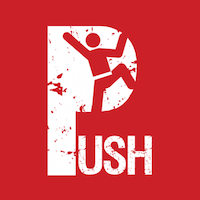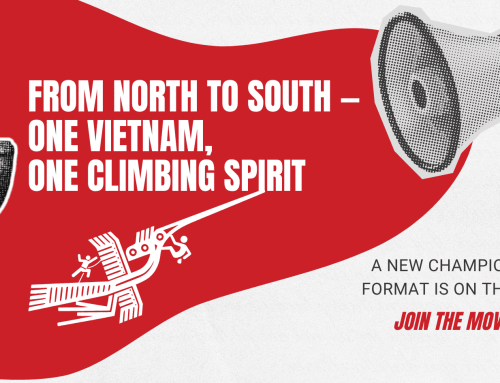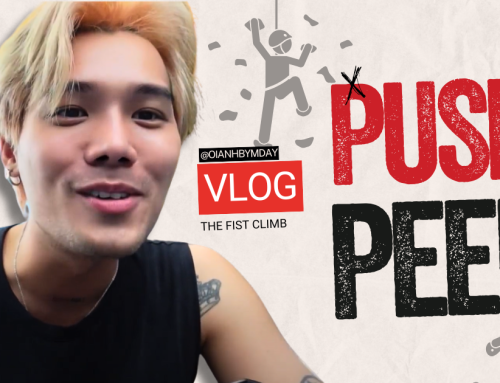Let the kids loose in a playground and they will immediately scale the climbing frame and scamper up the slides. Climbing comes naturally to kids, so naturally in fact that we don’t think about it.
Perhaps we should.


Most parents these days go to lengths to ensure their kids are taught to swim. Schools in Saigon proudly point to their pools and Facebook is awash with promotions for the many swim schools in HCMC. Which is only right. Most of us see swimming as an essential skill both in ensuring kids will survive if they fall in and in developing strength and coordination. Swimming is clearly good and who wouldn’t encourage our kids to swim strongly and regularly?
Now think again about climbing. Climbing is clearly natural for kids, and they will scale things and at some point they will slip and perhaps fall. Yet it is far less common for parents to arrange for them to learn to climb. They are just expected to get on with it. We’d never take that approach with water.
Climbing has real physical benefits for kids. It combines both strength and cardio qualities. When kids climb they are working on endurance, dynamic strength, flexibility, coordination, and balance. Pulling up as they climb helps develop upper body strength. Gripping exercises fingers and strengthens sinews. Stretching and balancing on a climbing wall also builds the core. That’s strength and motor skills right there.




Climbing is a brilliant way to help kids develop coordination not least because a climbing wall, with its riot of brightly coloured holds mean they have to plan their way through and exercise the hand-eye coordination of following the right sequence of colours given to them by instructors. Because climbing means using both sides of your body, alternating feet and hands, left and right, it’s also great for bilateral coordination.
If your kids already like climbing things then a climbing gym, under the watchful eye of an instructor is by far the best way to learn. Here they can find out more about grips, about holding on to things that aren’t easy to hold on and what grips they can trust their body weight to, and what they can’t. Far from being a risky place a professional climbing wall is the best place on earth to learn to fail and fall safely.
Would you let your kid climb a tree?
But if you think that the physical benefits of climbing are of benefit to kids, just give a thought to the effects on mental development and well-being.
Được viết bởi Steve Shipside.



